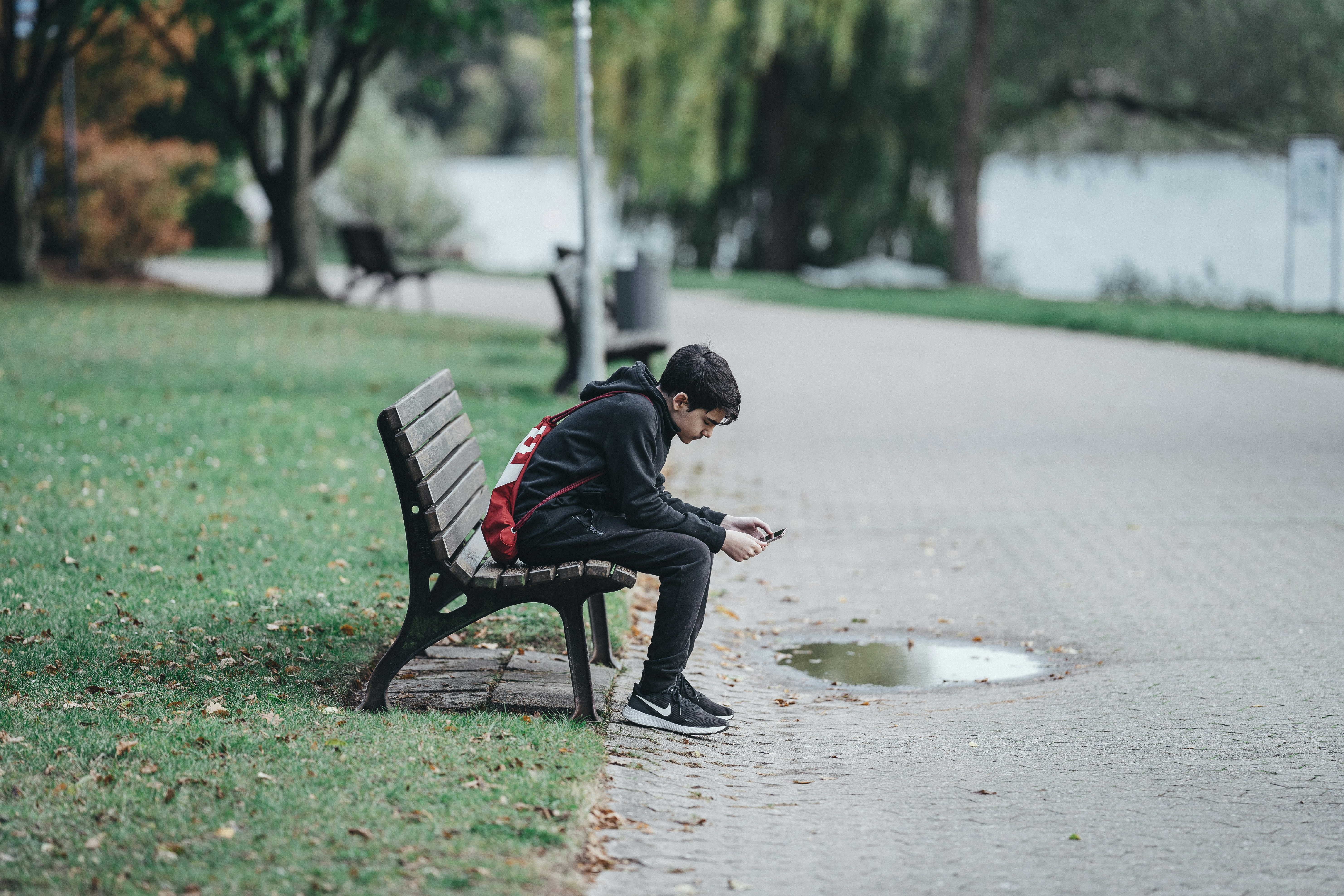Media release
From:
Few depressed teens getting treatment, study finds
The lowest odds of receiving specialist treatment were found among adolescents who identify as male, are Black, live in rural areas, or do not have insurance
Fewer than half of all adolescents with major depressive episode (MDE) received mental health care in the US in 2022, with the odds of specialist treatment being even lower among marginalized groups, according to a new study published this week in the open-access journal PLOS Mental Health by Su Chen Tan and colleagues at University of Tennessee, USA.
The prevalence of adolescent depression has increased following the COVID-19 pandemic and is often under-treated. Depression experienced during adolescence can be linked to more severe social and psychological consequences compared to depression that begins in adulthood. Early recognition and interventions are necessary to prevent long-lasting negative educational, health, and social outcomes.
In the new study, researchers analyzed data from 12–17-year-olds as part of the the 2022 U.S. National Survey on Drug Use and Health. Of the 11,969 respondents, 2,283 (19.2%) met the diagnostic criteria for MDE.
Of those with MDE, 47.5% had reported receiving some form of treatment, 39.1% had received specialist clinician treatment, 30.5% received school-based services, and 25.0% received prescription services. In addition to the low levels of mental health service use. there were also significant sociodemographic disparities. Adolescents in rural areas had significantly lower odds of receiving specialist treatment compared to their urban counterparts (AOR 0.64, 95% CI 0.47-0.87). In addition, females had greater odds and Black adolescents significantly lower odds of utilizing any mental health treatment relative to males and non-Hispanic White adolescents, respectively (Females: AOR 1.59, 95% CI 1.11-2.28; Black: AOR 0.36, 95% CI 0.22-0.59).
“Addressing the disparities in mental health treatment revealed by this study is crucial for ensuring a more inclusive and equitable mental health support system for all adolescents,” the authors say.



 International
International



